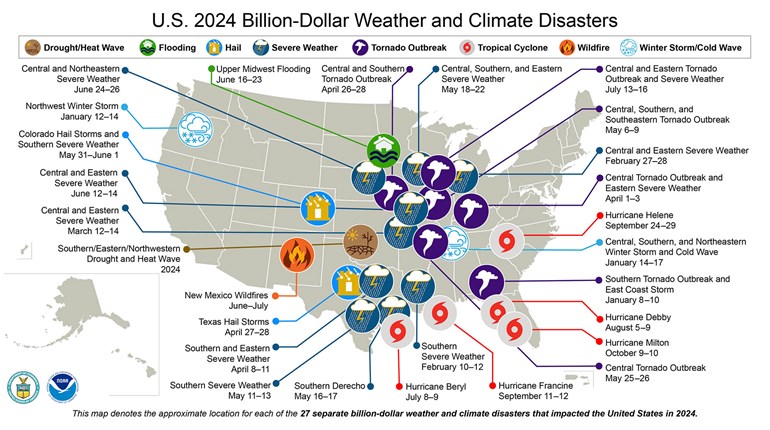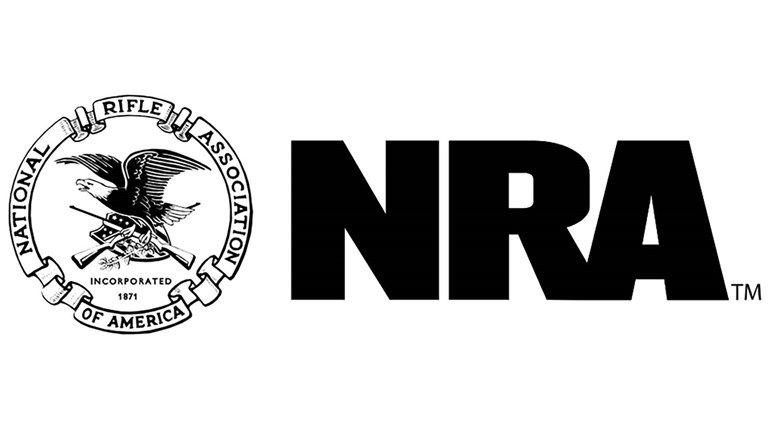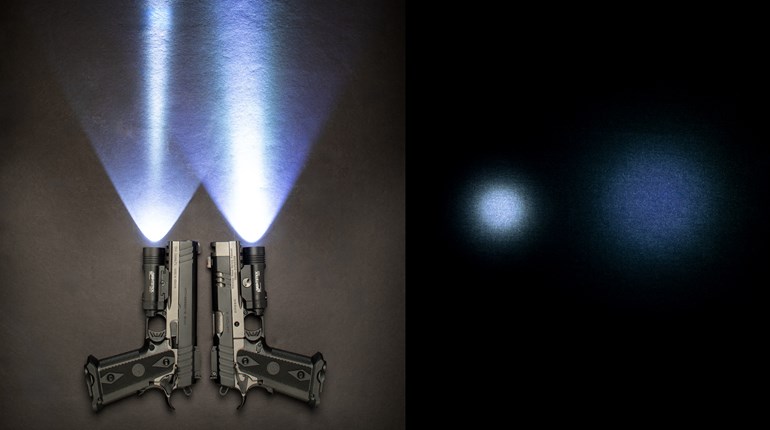
It’s hard to keep, as the old expression goes, from “laughing in our teeth” at the numbers of new shooters we’re seeing. In obvious counterpoint to mainstream media/progressive hand-wringing and naysaying, women especially—of surprisingly varied ages and backgrounds—seem to be discovering the daft lie of firearms-as-bogeyman.
We hope they’re also experiencing what some other demographics have known for decades but inadequately shared (or perhaps selfishly not shared?): Shooting can, in the vast majority of cases, remain a sport that is physically democratic, lifelong, even moral fun. The ugliness the freedom-haters screechingly abhor is external and almost always antecedently criminal, to say nothing of statistically rare. Except in soul-destroying, drug-slathered inner city abattoirs of their own continuing re-creation, that is.
Sigh.
But all is not exactly well in Carry Life land, either. New shooters, and especially new carry practitioners, have serious responsibilities. Lately, we’ve seen some alarming blunders, and therefore embark on a mini-screed of our own. Hence, and with apologies to Sir James Barrie, here’s a Carry Life Never, Never Land—a few things to not ever do with a firearm. There is no handling precaution for which a safety is an appropriate substitute.
Mechanical Safeties
This one sends us nearly screaming from any available rooftop. Whether you’ve followed the travails of Remington and Model 700 triggers of late or not, this should be reason enough to see why safeties should be considered devices of last resort when it comes to handling safety. There is no handling precaution for which a safety is an appropriate substitute.
Does this mean don’t use them? Of course not. But see them for what they are: a last-ditch protection against mishap when other—and far more certain—precautions fail (more on these in a second). At the very least, mechanical safeties must be checked for reliability after any action work (including the trigger) is done. Translation: Don’t even chamber a round unless and until the muzzle is covering something you’re willing to destroy (or can’t destroy, like the berm/backstop of a range). Muzzles pointed at mere walls, or what you think is a safe direction, does not suffice.
This is why pros are such sticklers about observing muzzle control and finger-on-the-trigger (or not!) rules: Don’t expect a safety to make up for other mistakes.
Gunsmithing Especially in so-called “accidents,” this is usually in the act of doing something other than shooting at an actual target.
When it comes to working on firearms, does this mean you can’t or shouldn’t work on your own gun? The answer may well be, “Yes, it does.” But if you decide to do your own work, do get it through your head that modern and vastly simpler, more reliable firearms do not negate the art and craft of the gunsmith. It’s a profession with schools, diplomas and certifications for a reason. The penny-wise and pound-foolish are occasionally a very sad fraternity; a couple of sawbucks—or hundreds—spent on a gunsmith are cheap insurance and assurance of a job correctly done and thoroughly checked.
But the bad news is that even using a gunsmith gives you no sort of pass on the rules. That “never let the muzzle cover anything you’re not willing to destroy” caveat and all its corollaries still have real and potentially devastating teeth, and you ignore them at your peril.
Certainly, it is no weakness to seek help from those more knowledgeable than ourselves. Such has a name, in fact—wisdom.
Flagging or Sweeping
Here we are back to running/screaming/jumping from rooftops. Especially when spaces are confined, this gets out of hand with many—even experienced—shooters in a tremendous hurry. It is the single most important mistake to never make. (This is one of the reasons why handling of firearms in vehicles is sooooooo hazardous: Proximity and confined spaces are a precise recipe for calamitous “fouling.”)
However fleeting, sweeping needs to be recognized for what it is, no matter how brief the span of time in which it occurs. You’ve allowed the muzzle to cover something you are presumably not willing to destroy. Especially in so-called “accidents,” this is usually in the act of doing something other than shooting at an actual target. The most common incarnation is when getting out or putting away firearms. What underlies this—dangerously—is the presumption that some other rule has not already been broken, or shortly, unexpectedly will be.
Compounding of errors is usually the bedrock of tragedies in this realm, such as an improperly cleared/stored firearm when something—it doesn’t have to be a finger—inadvertently touches the trigger. Unintentional, loaded storage is a classic pitfall here, and nothing will prevent this nightmare but studious avoidance of any trigger contact. As long as the muzzle rule hasn’t been ignored, failures can even stack up—loaded storage and inappropriate activation on the trigger—and the result is just loud, embarrassing and expensive. But if a negligent discharge were to occur while the muzzle is covering, say, your significant other—like we saw from a 50-something presumed “old hand” just yesterday—disaster is just an errant twitch away.
“Teaching”
As we discussed several weeks ago in somewhat more detail here, this is an impulse that is easy to understand, but fraught with difficulties and quite real dangers. Since then, we’ve seen well-intentioned instruction on “tea cupping” (supporting the strong/firing hand from underneath with the weak hand, a technique which actually reinforces recoil movement and was abandoned in serious circles about 40 years ago), a right foot forward stance for a right-hander, and crossing of the thumbs behind an autoloader slide. Again, sigh. After all, there will be no pixie dust to amend errors.
If you’re determined to teach, please, please, please learn to do it correctly.
We’re adamantly opposed to doctrinaire instruction, and have said so many times in these pages: No single methodology, technique or mantra will work in all circumstances, or for all shooters and carry arms. To insist otherwise is folly and ego, dangerously at work. Nor does this mean we—either personally or as a profession—know all there is to know about carrying and shooting handguns well. Innovation will no doubt continue, but that, perhaps, is the core of our never-never postulations: Pushing the boundaries out requires rock solid basics, regular practice, continuous learning and hyper-attention to safety—not a very Peter Pan-ish trust in anecdote, convenience and “well, nothing bad happened!” After all, there will be no pixie dust to amend errors.
Now Carry On.
Frank Winn has been studying arms and their relationship to tyranny, meaningful liberty and personal security all his adult life. He has also been a competitive shooter and firearms safety/shooting instructor for more than 20 years, though he won’t admit how many more than 20.


































